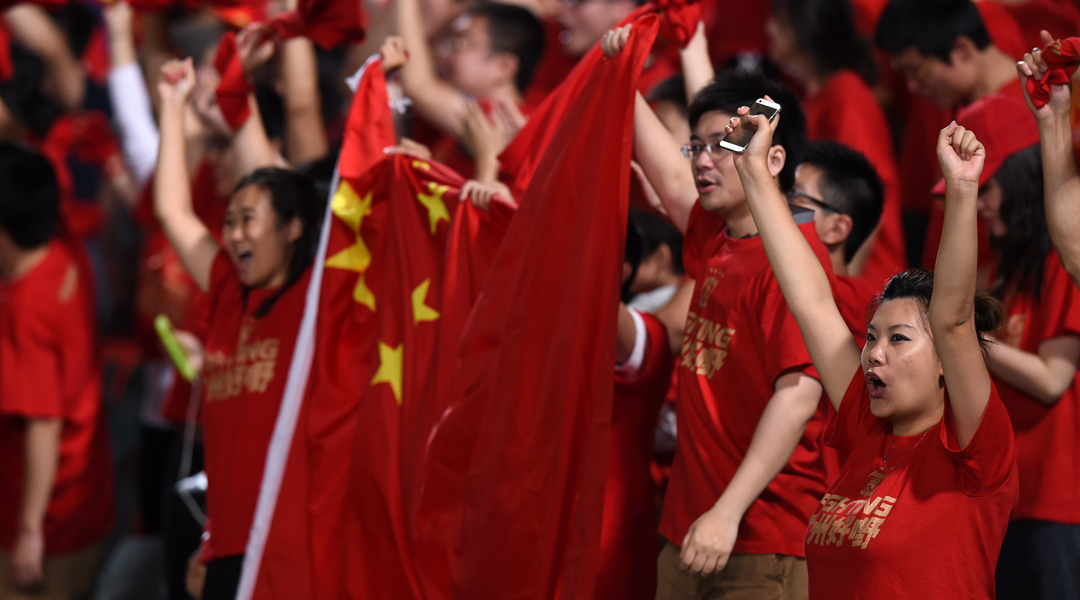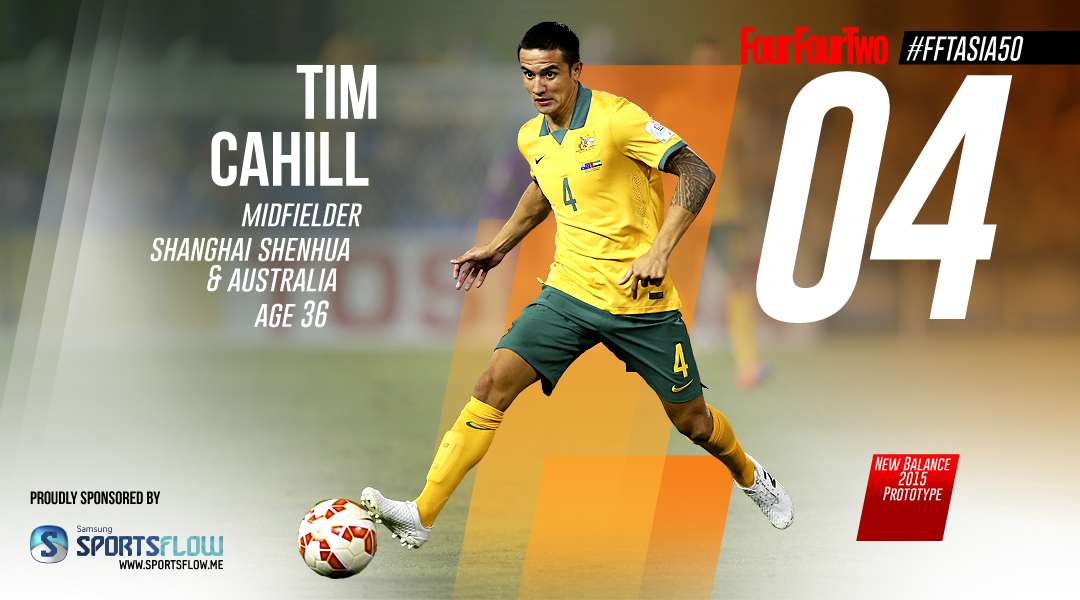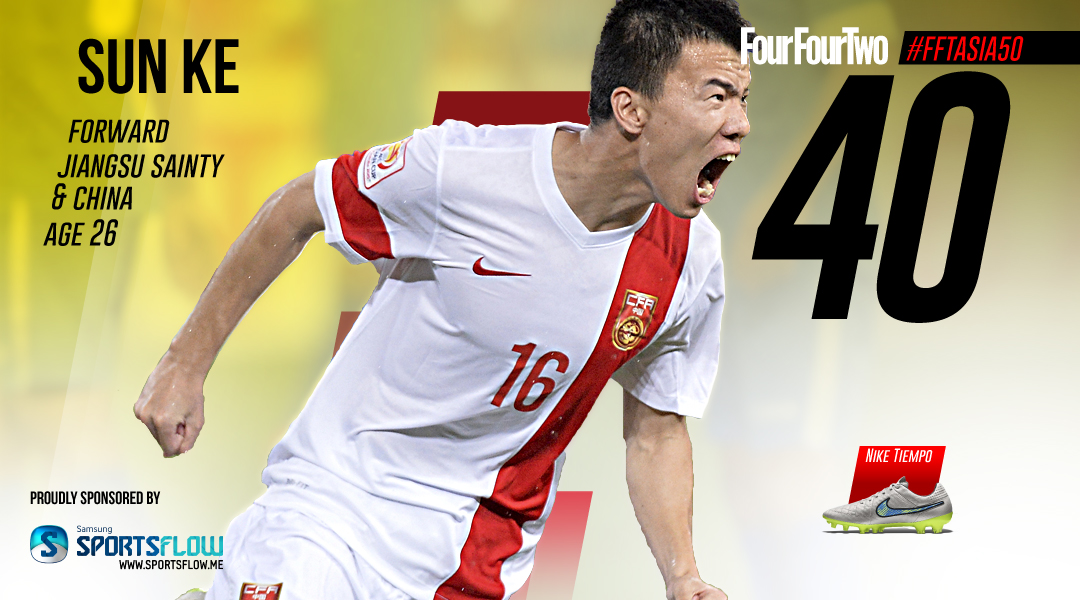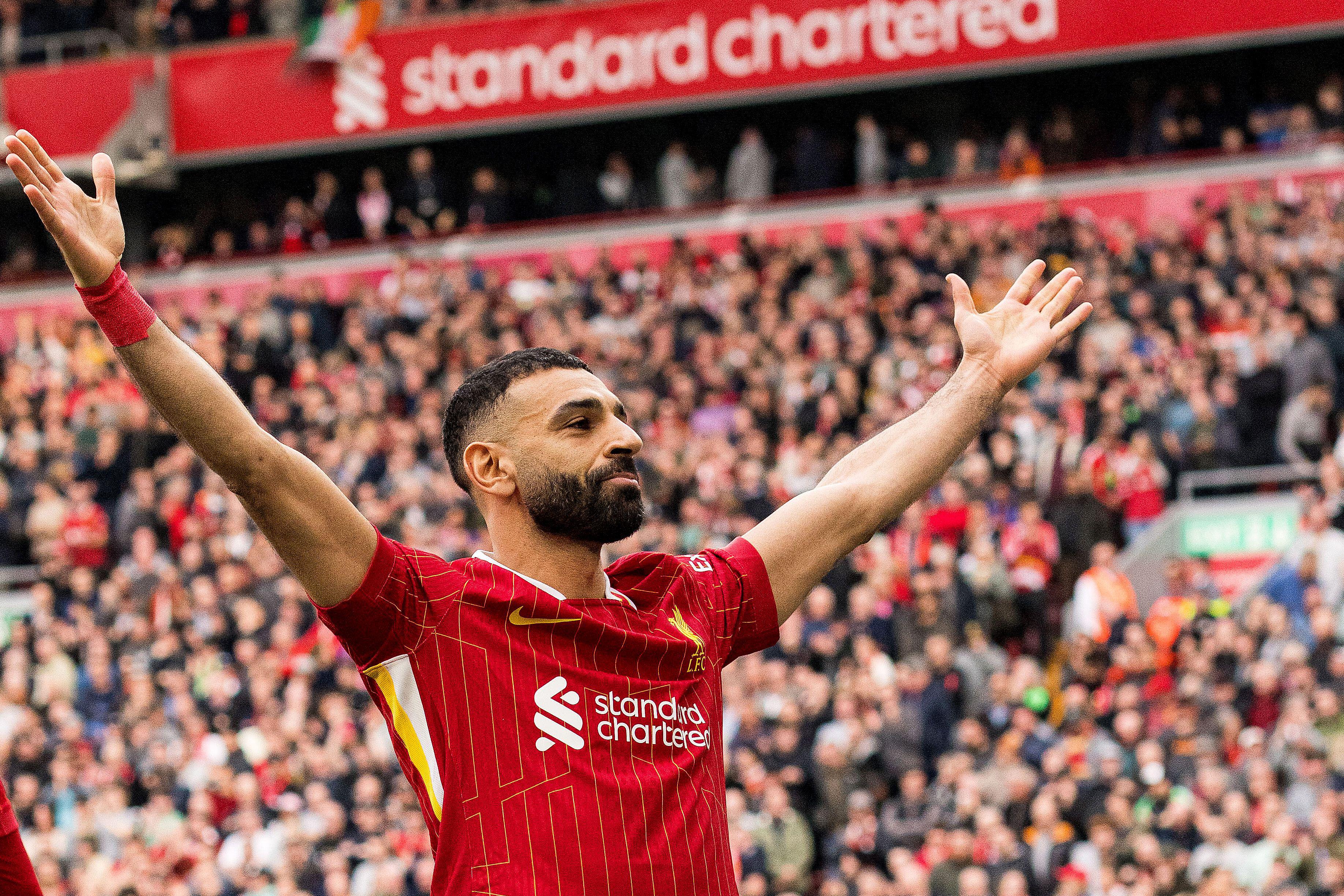Avoiding China's domestic honey trap easier said than done
The wealth of the Chinese Super League might be attracting foreign stars, but Peter Davis argues it is also keeping local talent shackled to comfortable domestic riches...

A curious issue for Asian football is getting the top talent to the best leagues abroad, and not just for their shirt-selling abilities. There has been some success with Japanese and South Korean players but as one of the region’s most populous and richest nations, China has had very little success in allowing their top players an opportunity at improving their game in a top league with a different pace and style.
Former England manager Sven-Göran Eriksson is one of football’s most experienced coaches and after an impressive stint at Guangzhou R&F is at his second club in the Chinese Super League with AFC Champions League-chasing Shanghai SIPG. Speaking exclusively to FFT, Eriksson had a few thoughts on the difficulties surrounding Chinese players moving abroad.
“I’m sure that many of the players can play in the European leagues but today in the Chinese Super League if you are a good Chinese player you are on rather good money, so I think China can compete with European leagues in that respect,” he said.
The issue is not a particularly new one but with money improving in the CSL, it is much easier for players to simply stay in China where they are more comfortable and where language is no issue.
At recent tournaments, the Chinese national side had no players from foreign clubs in squads for the 2008 and 2013 East Asia Cups, and the 2015 AFC Asian Cup. There was just one player playing abroad at the 2010 East Asia Cup, Feng Xiaoting at Jeonbuk Hyundai Motors, and one player at the 2011 AFC Asian Cup, Hao Junmin at Schalke 04.

It is not just clubs abroad who fail to attract Chinese players. Eriksson suggests it is difficult for Chinese clubs too, with many clubs finding it easier to attract big international names like Diego Tardelli, Tim Cahill and Alberto Gilardino.
“It’s much easier to get a good foreign player compared to a good Chinese player,” said Eriksson. “There is strong competition from Beijing Guoan, Shandong Luneng and the two Guangzhou sides fighting for the same players. It’s hard enough to find them but once you find them signing them is difficult too.”
Get FourFourTwo Newsletter
The best features, fun and footballing quizzes, straight to your inbox every week.
Gone are the days when Sun Jihai, Zheng Zhi, Fan Zhiyi and Li Tie brought promise to Chinese football by playing abroad. Now a new generation is needed to learn their trade abroad. However, since then a richer China has emerged. Lofty ambitions drive new CSL clubs. Sven’s side Shanghai SIPG are a fine example of such — created in 2005 they reached the top tier in 2013 and show no signs of slowing down.
“The previous owner and coach did a great job with this club. Taking them from nowhere to fifth place in the Chinese Super League. Now new owners have come in with bigger money, bigger ambitions and it’s turned into a good example of a developing Chinese club,” Eriksson said.
“This club wants to get into the Asian Champions League and further to that win the Chinese Super League which will not happen in one year but this is what they want to do.”

Recently, one of Chinese football’s best players, Zhang Xizhe, moved from Beijing Guoan to Wolfsburg but the move has yet to cause much further excitement as Zhang is yet to feature in the first team. Guangzhou Evergrande defender Zhang Linpeng has also been linked multiple times to Inter Milan, while Shanghai SIPG’s Wu Lei went cold on a move to FC Copenhagen.
There must be a level of apprehension for Chinese players to go abroad after the failure of Dong Fangzhou, who played just a handful of games for Manchester United between 2004 and 2008 and ended up in the Armenian Premier League with Mika. In 2012, Dong returned to China in the second tier at 28 looking overweight and unfit, and he now finds himself without a club for the 2015 season.
Despite this, there is an optimistic mood growing around Chinese football. Matters have improved internationally following the infamous 5-1 loss to Thailand nearly two years ago. The national side has lost just once in their last 16 games and that was to the eventual winners of the 2015 AFC Asian Cup, Australia.
As Chinese football gets more press and international recognition perhaps money will become less of an issue and the desire to develop a football education will garner more importance. Who knows, we might see more Chinese players in the FFT Asia 50 in the years to come.
The FourFourTwo Asia50 is in association with Samsung SportsFlow – bringing you the most comprehensive sports coverage in one place via a single app. Find out more and download at www.sportsflow.me
